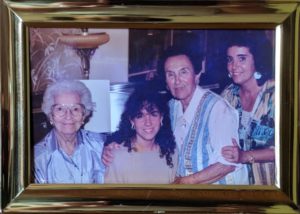Four month sleep regression
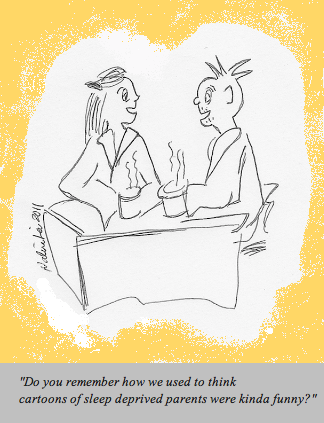 “I think we just hit the four month sleep regression. My baby used to sleep better, and now at four months, she is waking up every hour! What happened?”
“I think we just hit the four month sleep regression. My baby used to sleep better, and now at four months, she is waking up every hour! What happened?”
Sound familiar?
The term “four month sleep regression” did not appear on Google searches in the United States until 2006 and has been on the rise ever since.
It is not clear how the term came about. After all, babies existed well before 2006. Oddly, most of the search requests come from the state of California. Unfortunately, the term sleep regression has put many a parent into a panic. Do not worry. Sleep is not a developmental milestone, you do not need to move from California, and your baby is not regressing. Rather, your baby is changing. Just like eating and poop patterns change, sleep patterns also change.
Sleep in the beginning
In the beginning… there is newborn sleep. Newborns can fall asleep anywhere at any time: while feeding, in a stroller, on your chest, in your arms, in the car or on the floor. Sometimes they sleep for minutes, sometimes they sleep for a few hours.
For the first three months, babies are in a feeding frenzy mode. Babies this age gain about one ounce per day (a huge feat) so therefore they eat to sustain growth. So they eat, and eat, at a pace of every one and one-half to three hours. They are hungry buttheir bellies are small, so they must eat frequently. Sometimes they cluster feed every hour. Because they spend so much time feeding, chances are they often fall asleep while sucking either a breast or a bottle. Some babies, by the end of the third month, are sleeping longer at night and making up for missed feedings during the day.
The plot thickens…
Between three and four months, babies slow in the pace of their growth. From three to six months they gain only about one-half an ounce per day. Because they are not quite so ravenous and because their bellies are bigger now, they can wait longer between feedings. You will notice that a more discernible pattern to their day emerges and you can now tell the difference between “hungry” and “tired” cries.
Another change occurs around four months. You will notice that when your baby is hungry, they get excited when they either hear or see you preparing a bottle or positioning to breastfeed. They become AWARE that a feeding is about to happen and recognize events that immediately precede a meal.
That same awareness occurs around sleep. When she feels sleepy, your baby becomes aware of events that lead up to sleep. If that event is eating, then she will believe that EATING precedes SLEEPING. If that event is rocking with a parent to sleep or laying in a parent’s arms, then they learn that rocking or being held is the key to falling asleep.
The final piece of the puzzle
This increased awareness of sleep associations is likely the origin of the four month sleep regression. You see that the 4 month sleep regression actually is not a regression, but rather an AWARENESS of how to fall asleep. If you always put your baby down in the crib when tired, they will learn that resting in a crib is how to fall asleep. If you play music and put the baby in the crib, the baby will expect music and a crib to fall asleep. And if you always feed your baby to sleep, then feeding becomes the key to falling asleep.
Unlike when they were newborns, if you always put your four-month-old baby in the crib AFTER they fall asleep, they will eventually sense that something is different, and they will wake up. Imagine if you fall asleep in your bed and then wake up to find yourself on the front lawn. You will think to yourself, “WHAT ON EARTH JUST HAPPENED?” Then you will stomp back into the house and find your bed in order to go back to sleep.
If your baby falls asleep breastfeeding, and then you put them down in a crib, your baby may realize that the breast is no longer there. The realization will jolt them out of sleep (WHAT ON EARTH JUST HAPPENED?) and they will cry until you comply with your baby’s demand to breastfeed in order to fall back asleep. All understandable.
The solution: how to overcome the four month sleep regression
Herein lies the key to overcoming the four month sleep regression. Teach your baby that she wants to be in the CRIB to fall asleep. Now is the time to change up the bedtime routine so it ends with your baby in the crib AWAKE and then your baby will fall asleep on her own in the crib. Then, if she wakes up later in the night, she will think to herself: “Ok, I am in the crib, just where I was before. I am still tired and will go back to sleep now.” Same at nap time. When your baby gets drowsy, put her in her crib. It is not necessary to feed her first.
We do not advocate letting your baby “cry it out” yet— four months is too young. Developmentally, a four-month-old does not understand cause and effect. Anytime you show up, it’s a happy surprise. They do not realize that they have the power to “make you come.” However, you can allow for a bit of crying (say, five minutes maximum) because some babies need to unwind before they fall asleep. Remember, if you last fed your four-month-old within the hour, they are not hungry. They are just fussy. Do you remember stomping your foot as a child, rubbing your eyes and crying to your parents, “I am not tired! I do not want to go to bed now.”
If, however, your baby is not showing signs of self-soothing after a couple minutes, then go to them and pat them gently or pick them up for a cuddle. But, as soon as they calm down, put them back into the crib so they can learn to fall asleep in the crib, not on you. Allow them to learn that their crib is coming when they are tired, just as they learn that a breast or bottle is coming when they are hungry.
Once babies learn to fall asleep in the crib, many night time awakenings just stop happening. Keep in mind, most four-month-olds do not sleep for eight hour stretches overnight. Many still wake up once or twice to feed. Keep the feedings brief, and put your baby back into the crib BEFORE they drift off to sleep. Also, many babies are ready for additional solid food at this point. Discuss with your pediatrician if it’s time to give solid sustenance during the day along with liquids.
A parenting truth
The bottom line? The four month sleep regression is not a regression. Rather, it’s a sign of your baby’s emerging awareness of her environment and her readiness to learn how to fall asleep.
Julie Kardos, MD and Naline Lai, MD
©2019 Two Peds in a Pod®
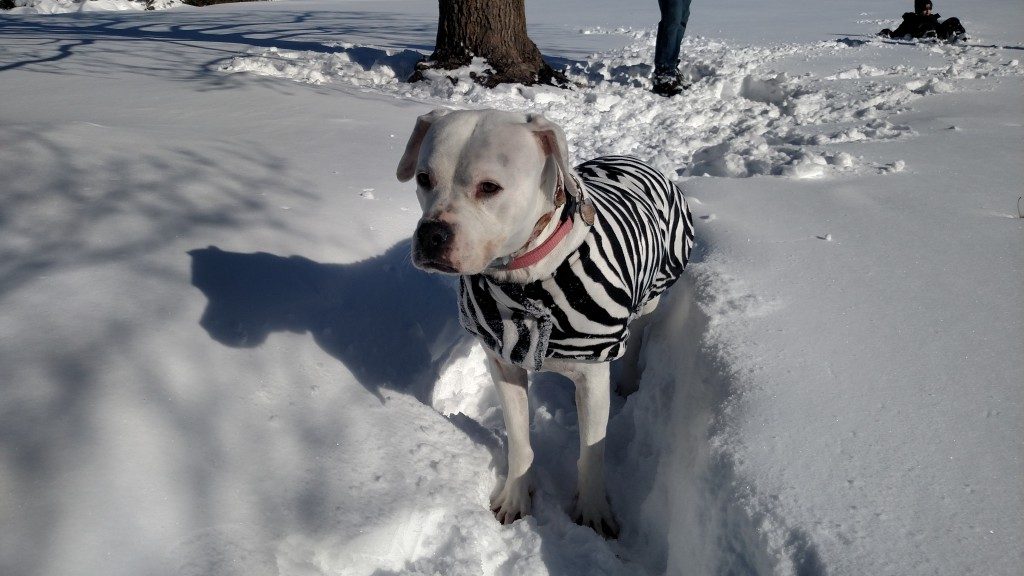
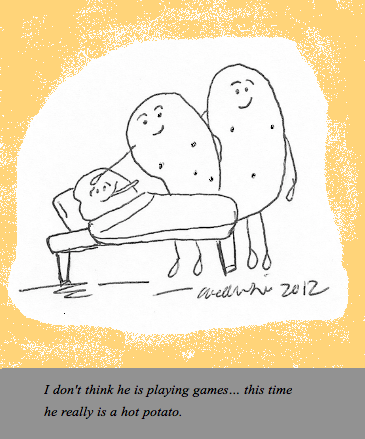
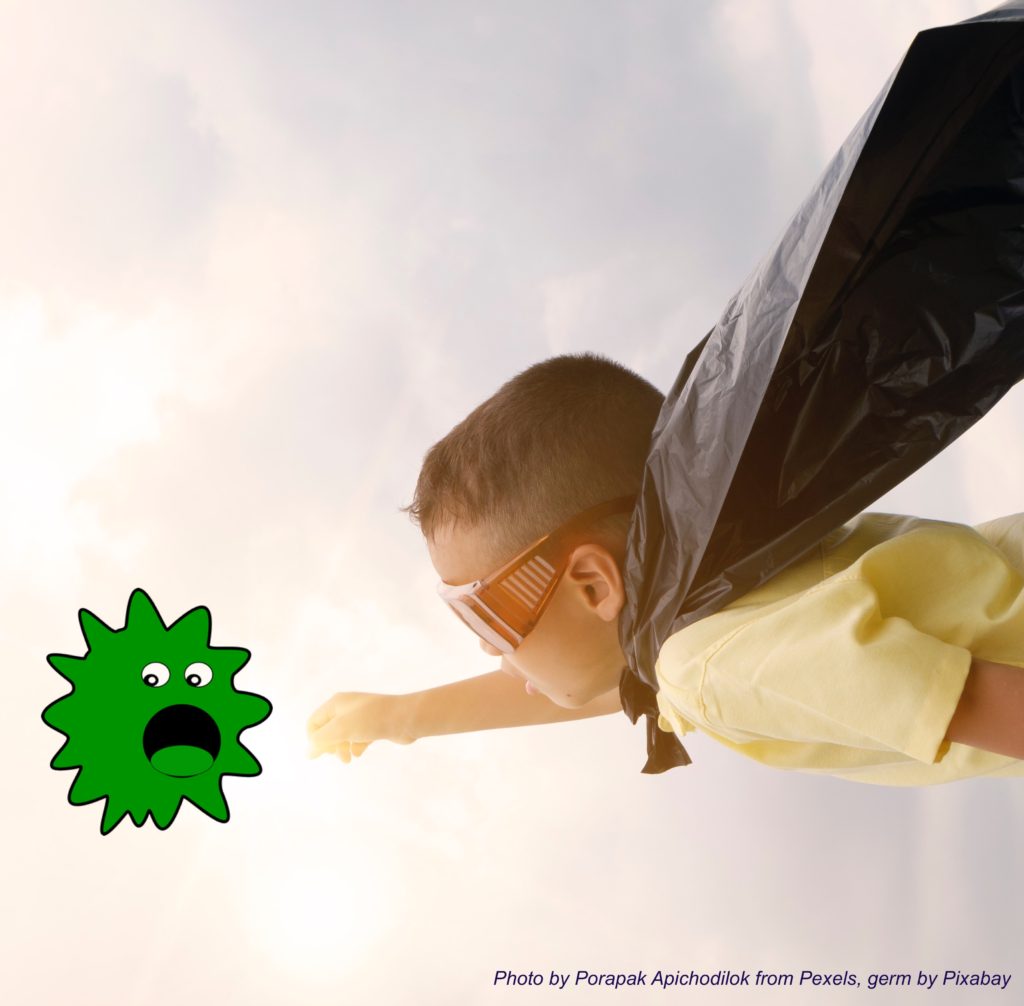
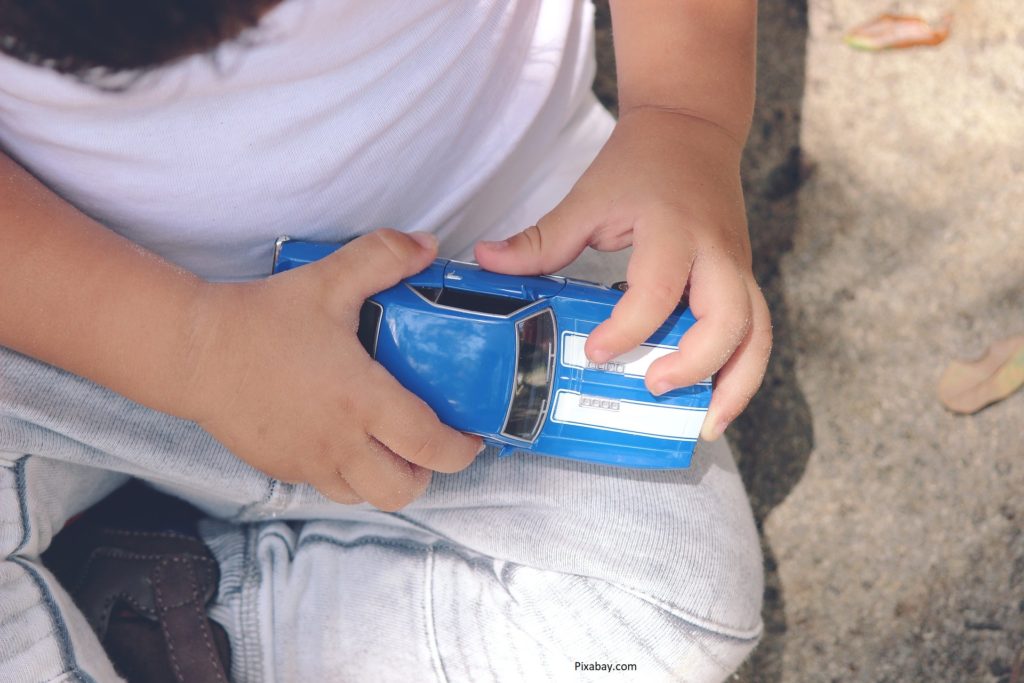
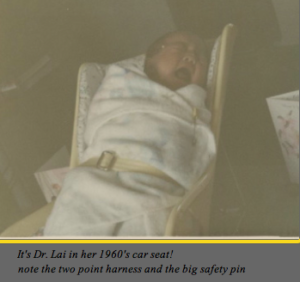
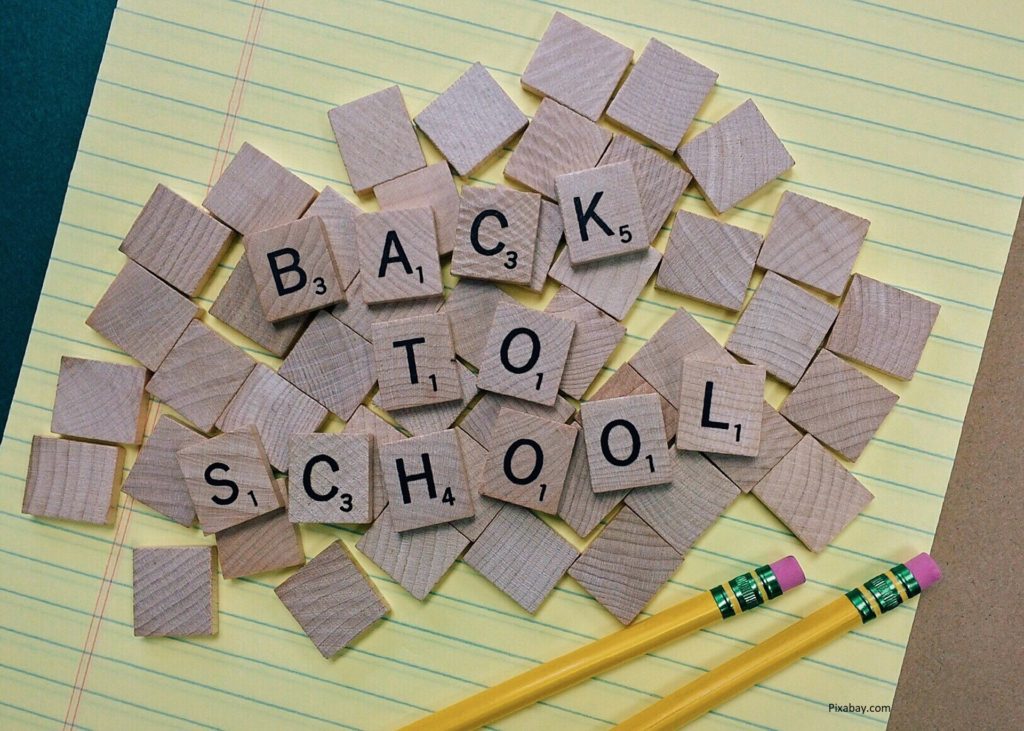 Now that you just read how to
Now that you just read how to 